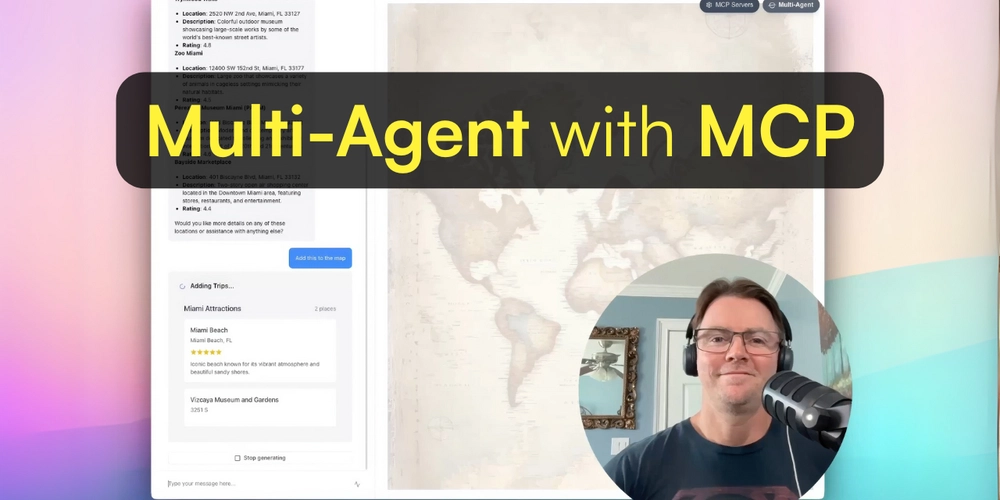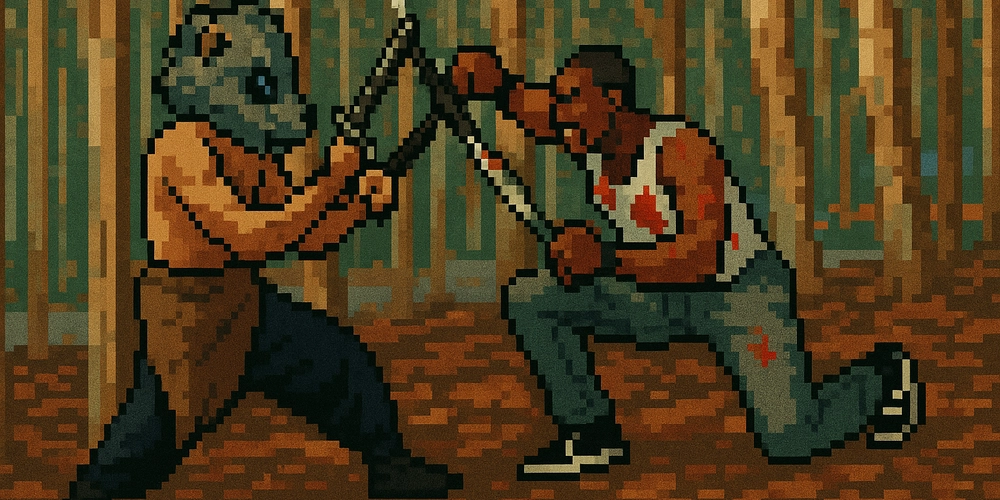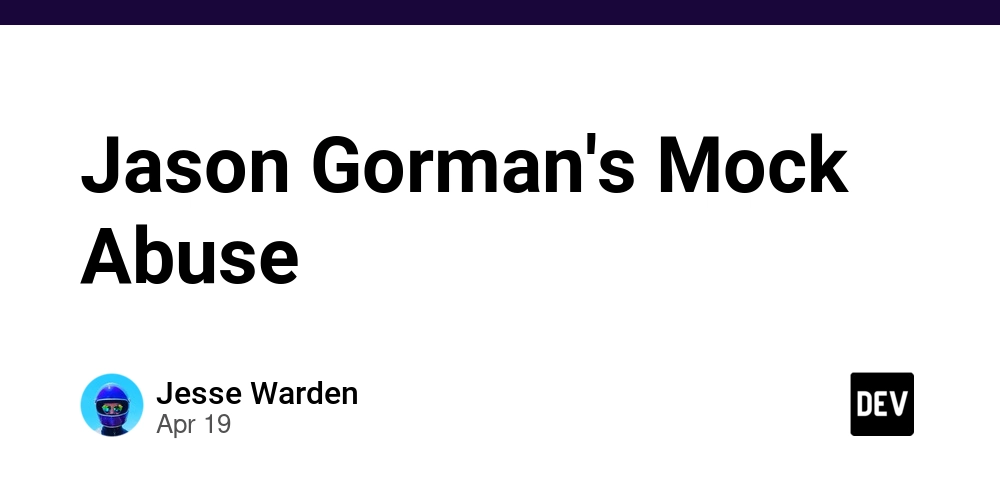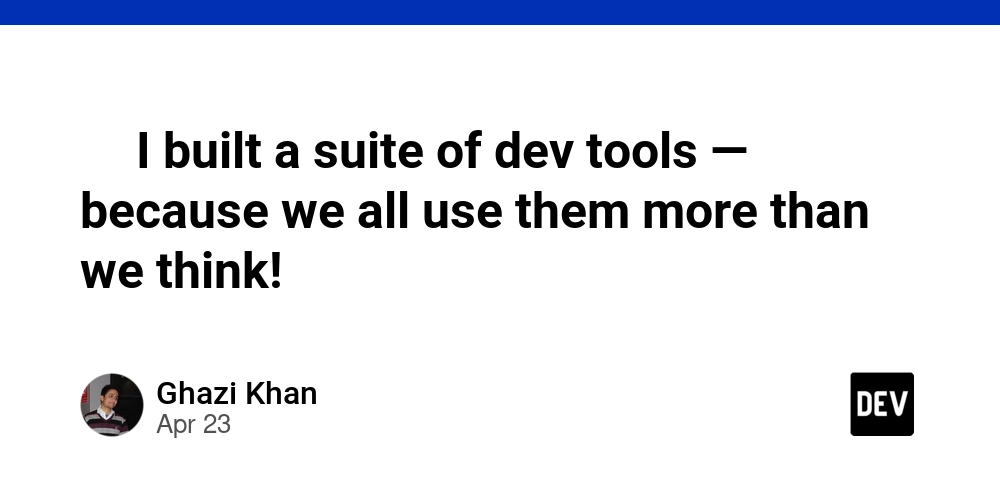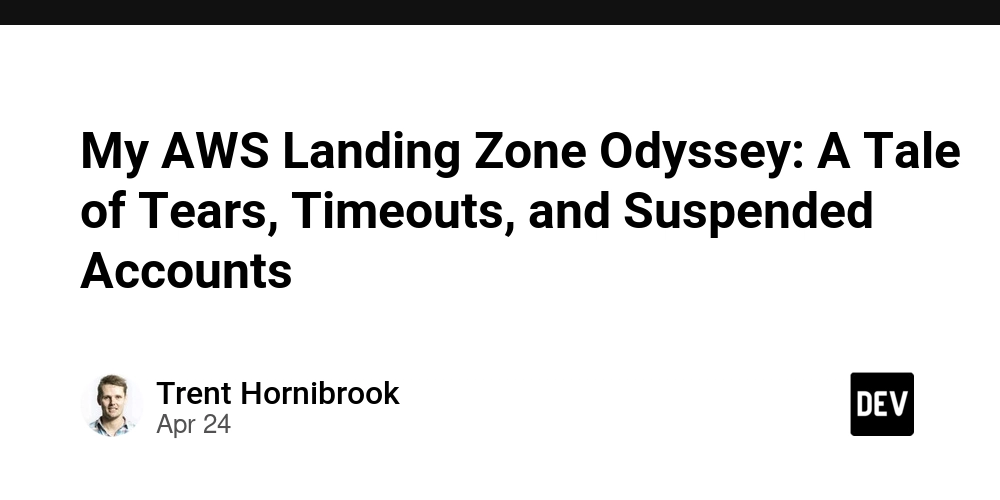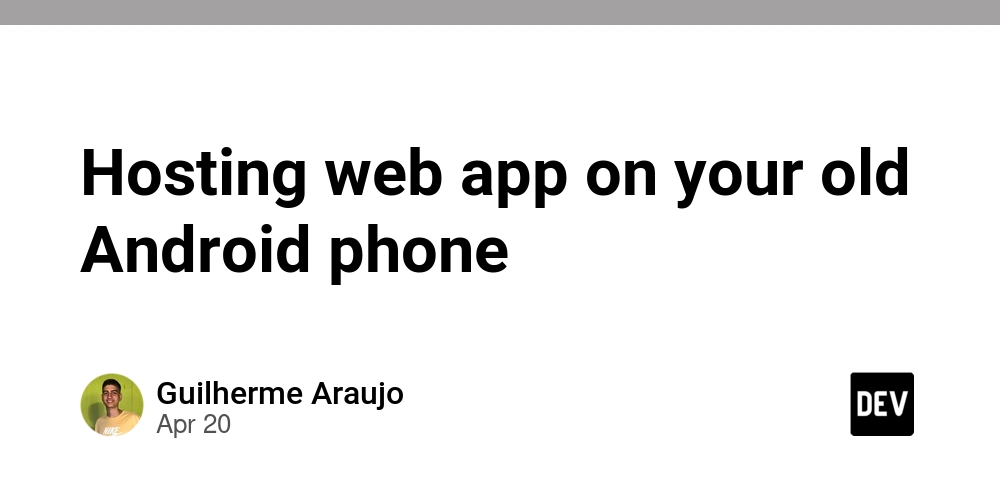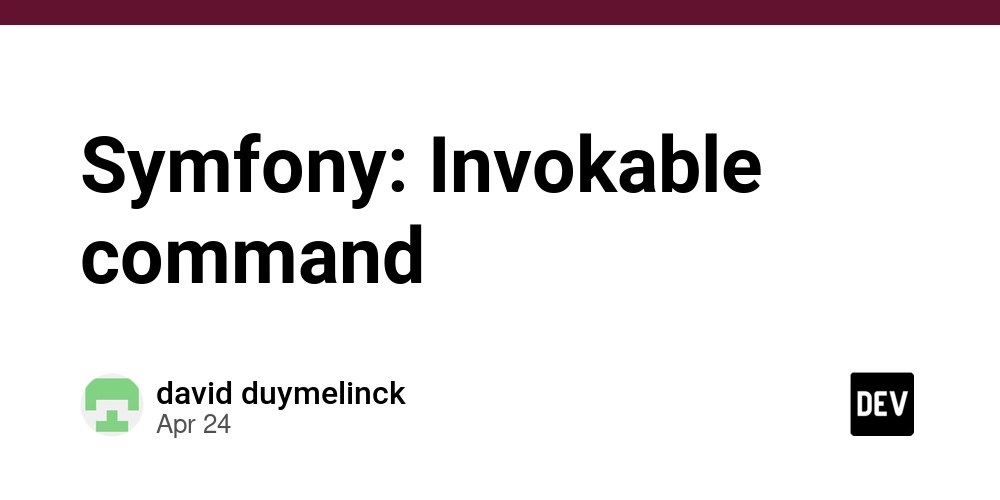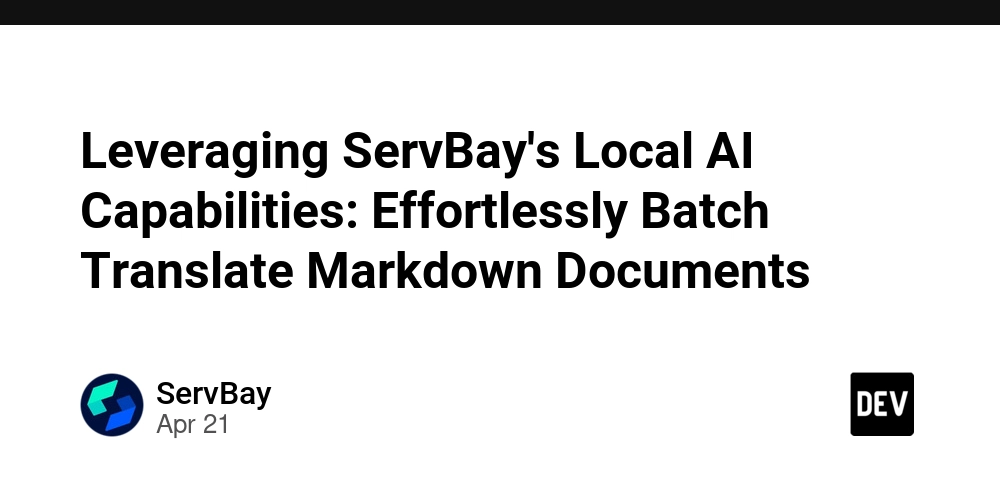
SolidJS: A Decade of Innovation, Impact, and the Future of Reactive Frameworks
Seven years ago, SolidJS was born not from a grand ambition, but from a developer's itch to scratch. Frustrated by the prevailing discussions around fine-grained reactivity, the creator embarked on a journey to prove a point. That journey blossomed into SolidJS, a powerful JavaScript framework that's been quietly revolutionizing the way we think about reactive web development. This story isn't just about SolidJS, it's about challenging assumptions and pushing the boundaries. In this article, we'll explore the origins of SolidJS, it's influence and where it's heading.
From Skeptic to Open Source Advocate: A Developer's Transformation
The path to SolidJS began with a healthy dose of skepticism toward open source. Coming from a .NET background, the creator initially found open source development tedious, longing for the comfort of IntelliSense. However, a patient mentor opened his eyes to the power of diving into source code, sparking a newfound appreciation for community-driven development. This led to his first open-source contributions focused on Web Components.
React's Rise and the Question of Efficiency
The emergence of React in 2015 raised some eyebrows. While impressed by React's speed, he questioned the seemingly inefficient approach of re-rendering entire pages of data. This sparked a quest to find a better way. Despite the popularity of React and the decline of KnockoutJS, he couldn't shake the feeling that there had to be more performant method. That's where SolidJS begins.
SolidJS's Humble Origins: A Late-Night Experiment
During the summer of 2015, the initial groundwork for SolidJS was laid. Fueled by late-night coding sessions, a reactive library began to take shape. Initially resembling Vue but leveraging composable Signals inspired by KnockoutJS, the early version lacked a Virtual DOM, instead opting for fine-grained data bindings. Rigorous benchmarking followed, driving continuous refinement of the API and a shift to JSX.
Breaking Through: SolidJS Achieves Top Performance
By early 2018, SolidJS reached a pivotal milestone: outperforming popular solutions in every benchmark. This success wasn't without its challenges, as initial submissions were met with skepticism. However, after refining the framework to solve common problems generically, SolidJS legitimately claimed the top spot, showcasing the power of its unique approach.
Dan Abramov, React Hooks and a New Mission for SolidJS
Just as the project reached its initial goals Dan Abramov unveiled React Hooks in October 2018. Seeing React embrace composable primitives validated the path SolidJS was taking. A new mission emerged: to demonstrate that a fine-grained reactivity model could achieve everything possible with a Virtual DOM, but without its overhead. This led to the implementation of advanced features like Suspense, Transitions, HMR, SSR, Hydration, and Streaming, all tailored to the fine-grained model.
Spreading the Word: Overcoming Skepticism and Building a Community
Marketing wasn't a priority initially. Armed with technical blog posts and a Twitter account, the creator faced skepticism and even hostility. Many felt threatened by SolidJS's challenge to established norms around JSX and developer experience. However, by building and learning in public, SolidJS gradually gained traction, attracting allies and contributors who shared the vision of a more efficient and powerful web development paradigm.
Allies Unite: Open Source Community
Initially a solo endeavor, SolidJS found invaluable support from individuals like David DiBiase, who dedicated their time to the project's success. As the community grew, Alexandre, Milo, Ryan, Dan, Nikhil were among the first contributors. An open collective was established to sponsor hackathons, develop component libraries, establish a fellowship program for initiatives like DevTools and documentation, and connect with content creators like Jason Lengstorf, Theo Browne, and Jack Herrington.
The Rise of Signals: A Paradigm Shift in Front-End Development
Fast forward to 2025, and the landscape has drastically changed. Signals, inspired by Knockout, are now a ubiquitous feature in front-end libraries. Angular, Qwik, Preact, Vue, and Svelte have all embraced fine-grained reactivity, validating the core principles behind SolidJS. Even a TC-39 proposal for Signals in the browser is on the table. While React remains the primary holdout this paradigm is gaining traction.
SolidJS: What are Signals?
Signals are a fundamental building block that enables predictable and efficient state management. In SolidJS, a signal is a reactive primitive that holds a value. When the signal's value changes, only the parts of the UI that depend on that signal are updated. This contrasts with component-based updates of React, allowing for more granular control of rendering and improving performance.
The Future of SolidJS: Beyond Catching Up
With other frameworks converging on its approach, the question arises: has SolidJS achieved its purpose? The answer is a resounding yes, but the journey is far from over. SolidJS isn't content with simply matching the capabilities of other solutions. The aim is to unlock unique capabilities inherent to its model, pushing the boundaries of web development in ways others haven't even considered.
Next Decade: Opportunities for SolidJS
The goal for SolidJS is not to merely replicate what other frameworks accomplish, but to harness the advantages of its reactivity model, SolidJS can focus on:
- Optimizations: SolidJS excels at fine-grained updates. Focus on further minimizing the overhead related to rendering.
- New features: Dedicated development on web standards, SolidJS has an opportunity to lead the way in web development.
Embracing the Future: SolidJS's Continued Innovation
The journey of SolidJS is a testament to the power of challenging assumptions and pursuing innovative solutions. From its humble beginnings as a personal project to its current status as an influential force in the front-end ecosystem, SolidJS has consistently pushed the boundaries of what's possible. As the industry continues to evolve, SolidJS remains committed to exploring new frontiers and shaping the future of web development.
SolidJS Resources for Developers
- Official SolidJS Website: https://www.solidjs.com/
- SolidJS Documentation: https://www.solidjs.com/docs
- Solid Community Discord: https://discord.com/invite/solidjs
